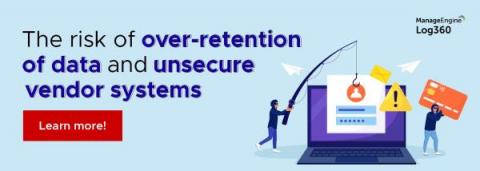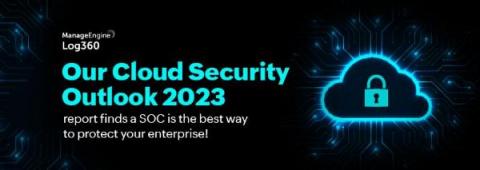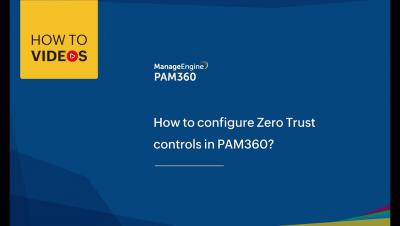User identity mapping for improved anomaly detection
In any organization, a user may access numerous devices and applications, but not always with the same username or credentials. Devices and applications use platform-specific user registries that are distinct from each other. As a result, organizations may end up monitoring five user identities from five devices separately, while they actually belong to a single user. The table below shows one user, Michael Bay, using different user identities to log on and access various devices and applications.










